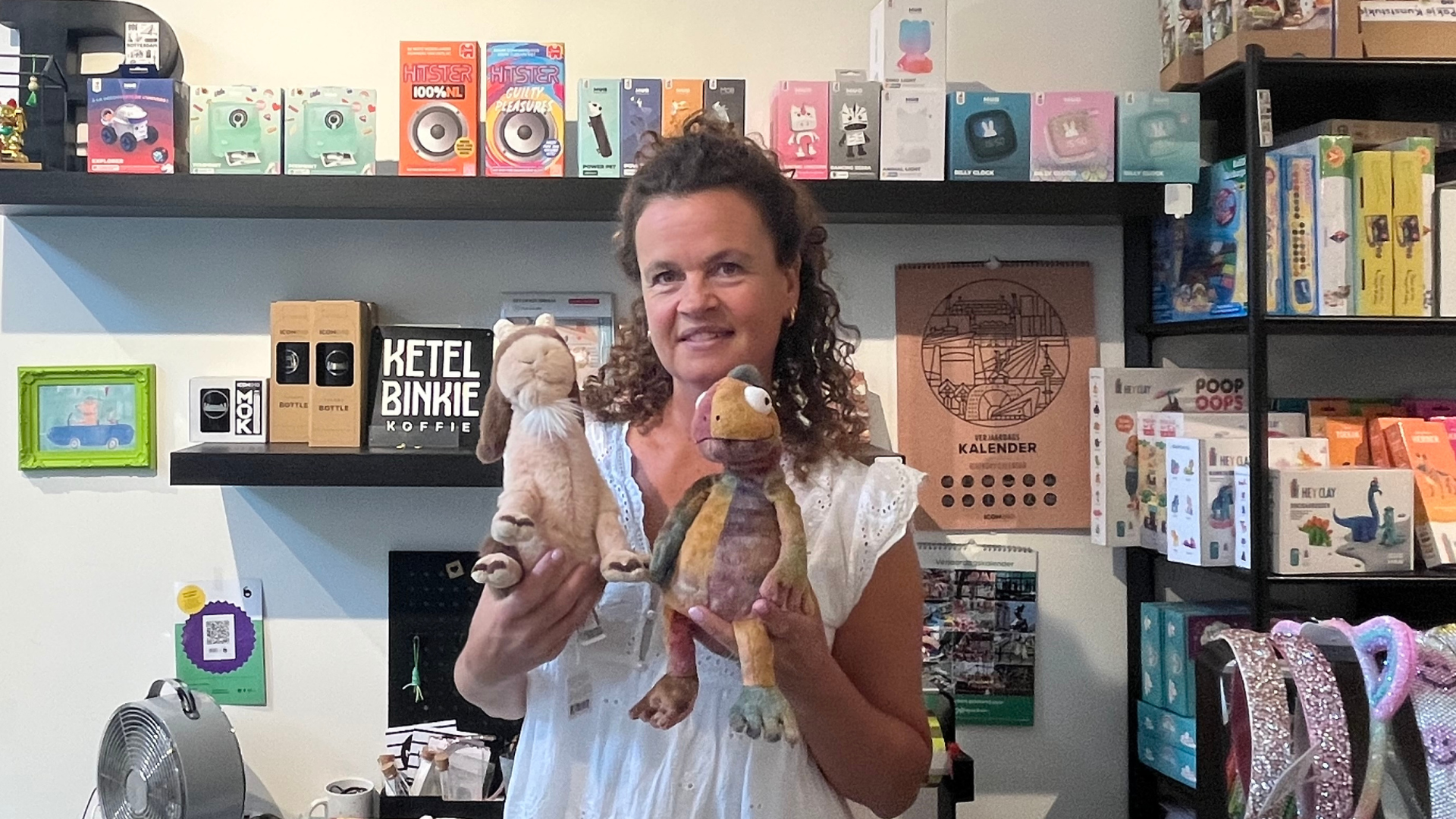Green interior design is part of a sustainable interior. It focuses on using sustainable materials such as furniture made of wood, renewable energy sources such as sunlight and reducing energy and material waste in the home. In this blog, we tell you how you can make your interior more sustainable.
Sustainable materials

Reusing materials
A green interior begins with the use of sustainable materials. For example, choose for furniture made from recycled materials. Het hergebruiken van materialen zoals oud hout kan een geweldige manier zijn om een groen interieur te creëren.
Reusing materials such as old wood can be a great way to create a green interior. This not only reduces the need to produce new materials, but it also gives a unique look to a space. Old wood often has a weathered and rustic look that can be used to create an authentic and natural atmosphere.
Of course, it is important to make sure that the wood is safe to use, for example by cleaning and treating it properly before using it in your interior design project.
Other sustainable materials

In addition to using recycled materials, you can also purchase new sustainable materials. Below are a variety of examples:
- Wood
Choose FSC-certified wood if you are looking for sustainable materials for your home. FSC-certified wood comes from sustainably managed forests and helps preserve our natural resources.
- Energiebesparende materialen
Energy-saving materialsEnergy-saving materials are also a good option for a green interior. Insulation made from natural materials such as hemp or cellulose is not only sustainable, but also insulating and breathable.
- Bamboo
You can also choose bamboo. This crop grows quickly, making it a sustainable alternative to hardwood. Bamboo has a beautiful appearance and can be used for various purposes.
- Cork
Cork is a natural material that provides excellent insulation and contains no harmful substances. Cork can be used for floors, walls and as an insulation material.
- Linoleum
Linoleum is a sustainable alternative to vinyl flooring. It is made from natural materials such as linseed oil, resin, limestone and jute fibers, and is biodegradable.
- Terracotta
Terracotta is an excellent eco-friendly option for your floors. They are made from natural materials and contain no harmful substances. The material comes from clay that is baked at high temperatures to give it its firm structure. This process makes terracotta floors durable and hard-wearing, making them a good choice for areas with high foot traffic.
Terracotta floors have a warm, earthy look and can be used in kitchens, living rooms and bedrooms. However, due to its high porosity, it is better to avoid this material in bathrooms or balconies. It is important to clean teracotta regularly and occasionally treat it with a sealer to maintain its quality.
A green interior
A timeless interior

“Waste is a design flaw.” – Kate Kreba
Reducing waste is an important aspect of green living. Therefore, try to choose furniture that is long-lasting and timeless. Go for good quality furniture, for example, that doesn't wear out or go out of style easily. You can find more tips on this in this article. You can also choose to buy second-hand furniture and give it a new life by refurbishing or restyling it.
Do it yourself (DIY)
Another sustainable way to furnish your interior is to get started yourself. For example, make your own furniture or give old things a new life by upcycling them. By being creative and using what you already have, you give your own personal twist to your interior.
Tip: Do you also need inspiration for your upcycling projects or do you also love DIYing so much? Online there are several "upcycling" communities where you can learn more about how to turn your old stuff into something new.
Decorate your house

Be creative
Are you excited to start a DIY project, but is making your own furniture going a bit far for you? Then consider home decorations! In no time, you can add unique items to your interior that you won't find anywhere else.
Knitted pillows are a fun example of such a DIY project. You can knit with scraps of wool and come up with your own patterns to add a personal touch to your living room.
If you want to brighten up your walls, you can also create a piece of art from old magazines. Cut out inspirational images or patterns and stick them on a canvas or cardboard. This way you can create a unique and colorful collage.
You can also turn old materials such as glass jars, bottles and cans into real eye-catchers in your home. For example, by painting them, covering them with paper or using them as vases for flowers.
Choose Fairtrade
There are several fair trade brands that carry home decorations. This way you can be sure that the products have been produced responsibly and that the makers have received a fair price.
In the Netherlands, there are a number of stores and webshops where you can buy fair trade decoration. One example is WAAR, a chain of stores that sells only sustainable and fair trade products. The webshop Fairtrade Upgrade also offers a wide range of fair trade decorations, including cushions, vases and wall decorations.
In addition, there are several world stores spread throughout the Netherlands where you can find fair trade decorations. By shopping at these stores, you contribute to fair trade and a better future for the makers.
Greening with plants

Hooray! Your home is now tiptop decorated on the inside and outside. However, are you still missing something? Decorate your home further by adding plants. This is not only beautiful, but also good for your health! Read more about plants you can put in your living room here.
Tip: It is not necessarily necessary to buy a new pot for your house plants. The possibilities are numerous: try using a colander, a teapot or an old milk bottle as a plant pot - the possibilities are endless! This way, you will also give a unique atmosphere to your living room.
Tip: Macramé hangers to hang your plants in are a popular and easy DIY decoration. Using old leftover rope or cotton, you can make beautiful plant hangers that will give your interior a bohemian atmosphere.
Energy saving solutions

Another sustainable habit at home is using environmentally friendly technologies in the home. For example, you can reduce energy consumption through a smart thermostat, smart lighting and energy-efficient appliances. Smart technologies not only save energy, but also save costs in the long run. A win-win situation!
—
All in all, there are plenty of ways to create a sustainable interior. Do you have another good tip? Share them with us!






.png)


